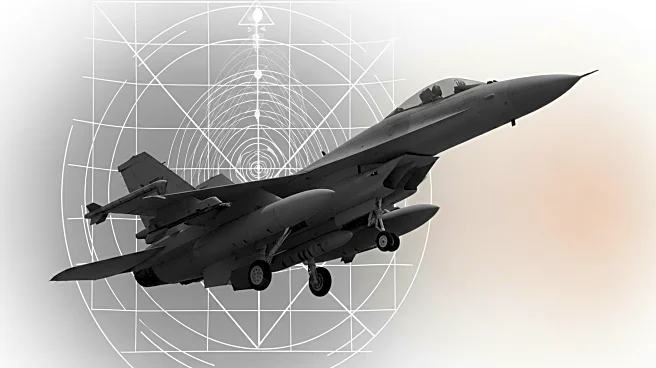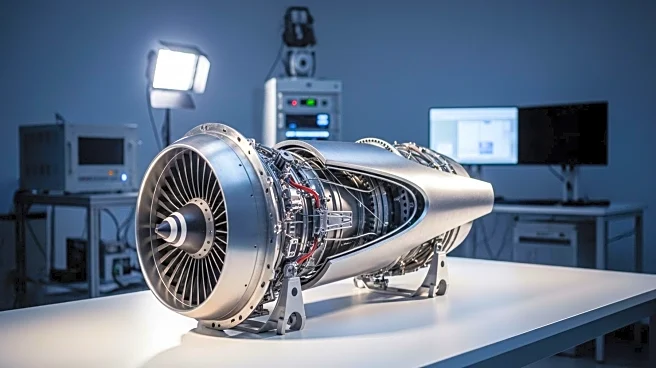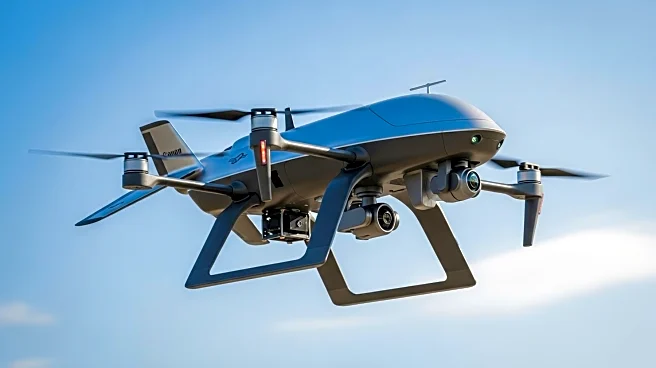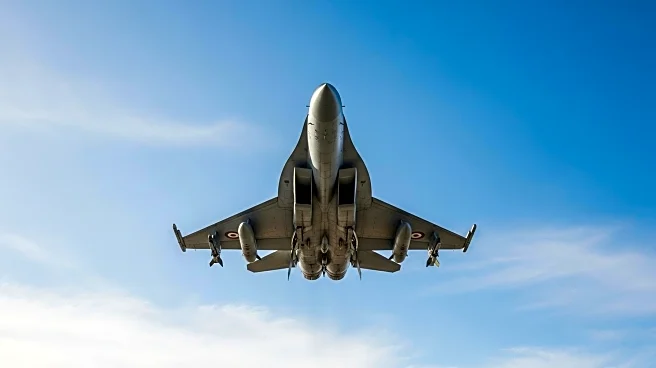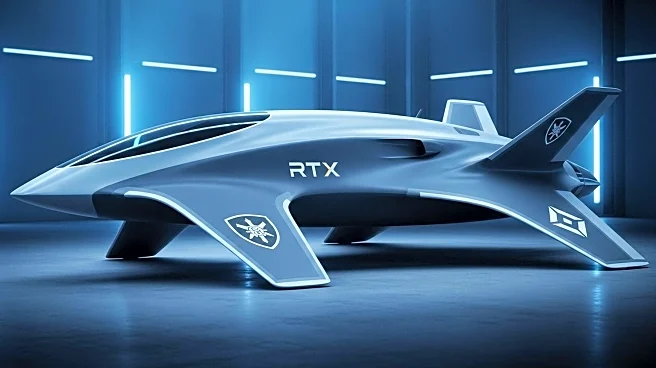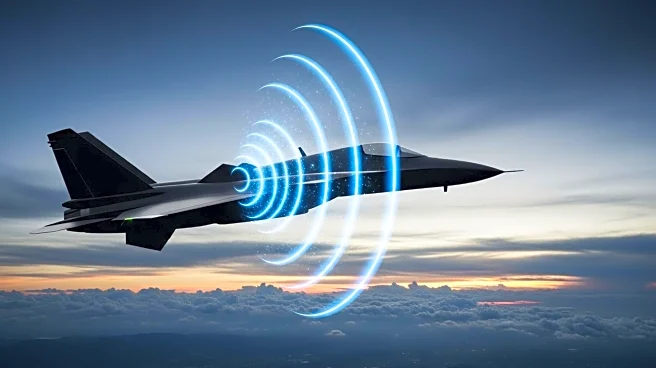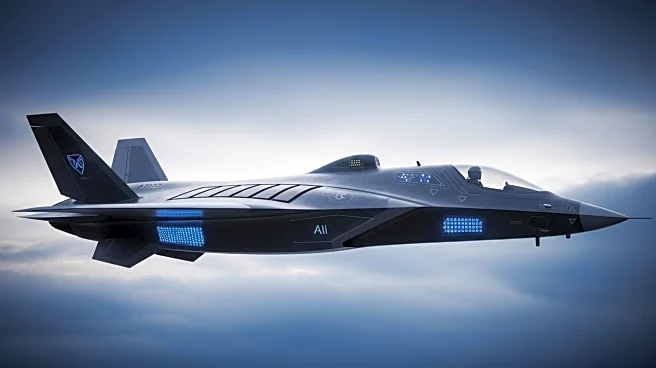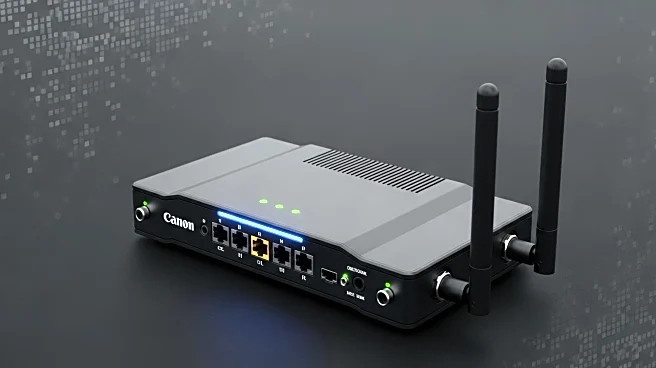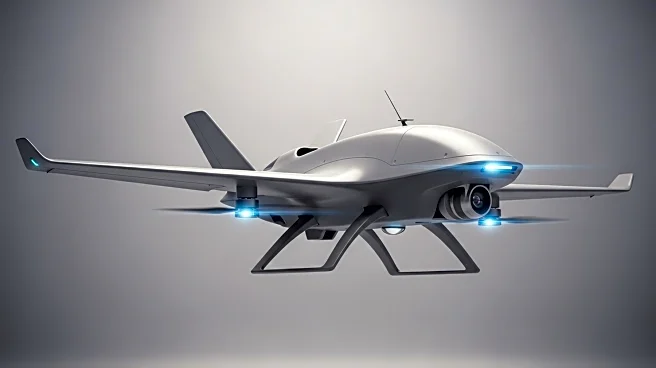What is the story about?
What's Happening?
The United States Air Force (USAF) is set to enhance its F-16 fighter jets with Northrop Grumman's AN/ALQ-257 Integrated Viper Electronic Warfare Suite (IVEWS). This upgrade aims to significantly boost the aircraft's capabilities in future conflicts by utilizing an ultra-wideband architecture to counter advanced radio frequency threats. According to Jim Conroy, vice-president of electronic warfare and targeting for Northrop Grumman, the program is on cost, on schedule, and exceeding performance expectations in the electronic warfare environment. The IVEWS is fully internal, maintaining the F-16's outer mold line, which is crucial for safety and testing. It offers automatic detection, identification, tracking, and self-protection without the need for external pods or towed decoys, providing 360-degree coverage for detection, identification, and jamming.
Why It's Important?
The integration of IVEWS into the F-16 fighters represents a significant advancement in the USAF's electronic warfare capabilities. By replacing several legacy systems, the suite enhances the aircraft's ability to detect and counter threats, thereby improving mission effectiveness and survivability. This development is crucial for maintaining air superiority in increasingly complex and contested environments. The upgrade ensures that the F-16 remains a formidable asset in the USAF's arsenal, capable of adapting to evolving threats. The enhanced electronic warfare capabilities could also influence strategic decisions and defense policies, potentially affecting procurement and operational strategies within the military.
What's Next?
The successful integration of IVEWS into the F-16 fighters may lead to further upgrades and enhancements across other aircraft platforms within the USAF. As the suite proves its effectiveness, it could set a precedent for future electronic warfare systems, encouraging other branches of the military to adopt similar technologies. Additionally, Northrop Grumman's continued development and innovation in electronic warfare could lead to new contracts and collaborations, further solidifying its position as a key player in defense technology. Stakeholders, including military leaders and defense contractors, will likely monitor the suite's performance closely to assess its impact on operational capabilities.
Beyond the Headlines
The deployment of advanced electronic warfare systems like IVEWS raises important considerations regarding cybersecurity and the protection of sensitive military technologies. As electronic warfare becomes more sophisticated, ensuring the security and integrity of these systems is paramount. The integration of digital and interoperable technologies also highlights the growing importance of seamless communication and coordination between different military assets. This development may prompt discussions on the ethical implications of electronic warfare, particularly in terms of privacy and the potential for unintended consequences in conflict scenarios.
AI Generated Content
Do you find this article useful?
